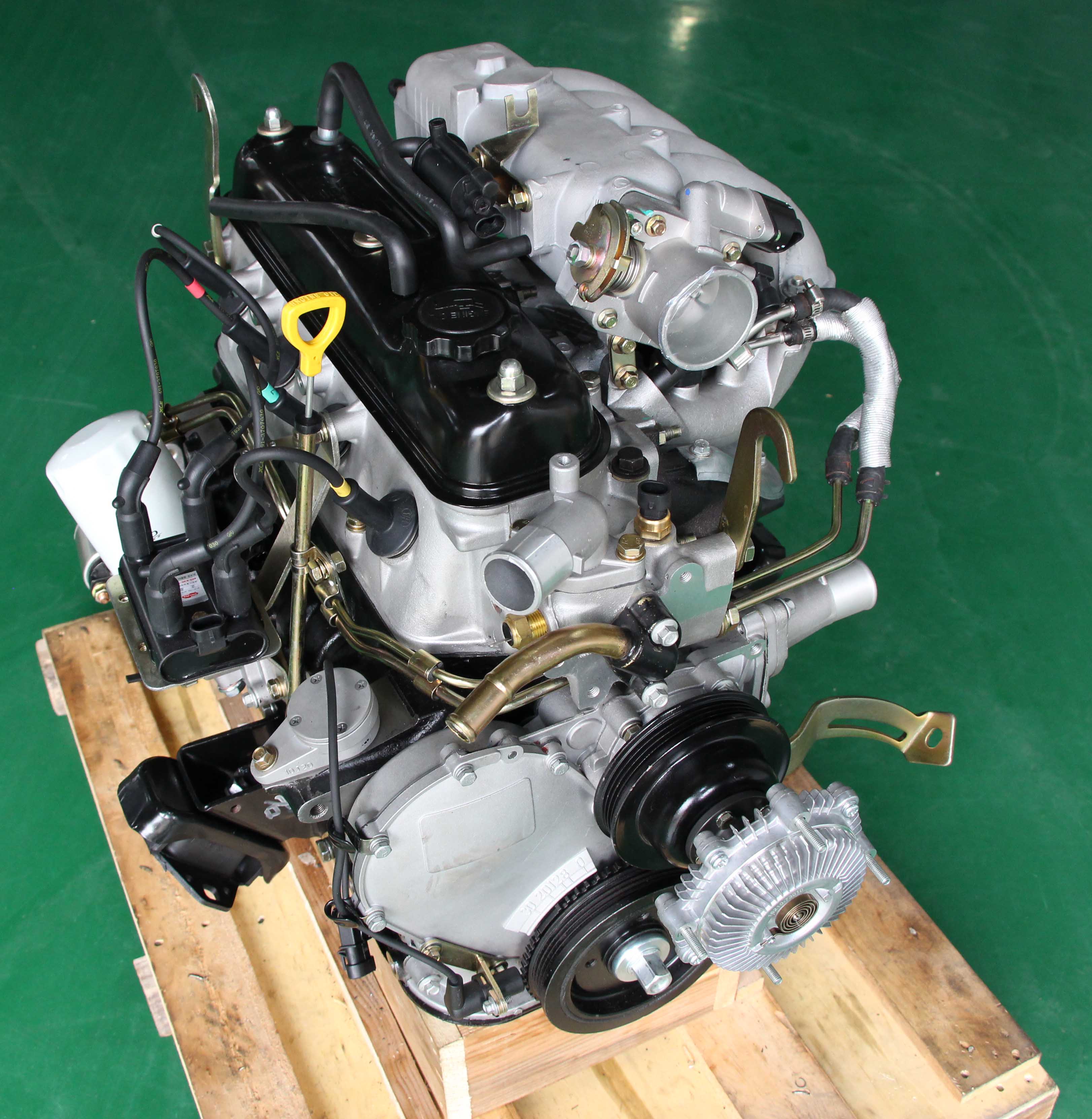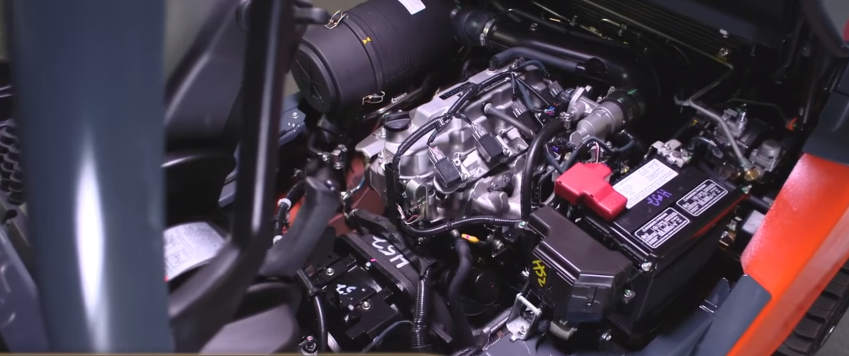Checking Out the Various Kinds Of Engine: Which One Fits Your Requirements?
In the mission to figure out the most suitable engine kind for your certain demands, it is vital to examine the unique characteristics and advantages of each choice readily available. Inner combustion engines remain to dominate because of their reliability, while electrical engines are acquiring grip for their sustainability. Crossbreed engines use a functional concession, and diesel motor stand apart for their power sought after applications. In addition, different fuel engines existing ingenious options, albeit with particular limitations. Understanding your concerns will contribute in this decision-making process, causing an exploration of factors that might influence your option.

Internal Burning Engines
Interior combustion engines (ICEs) are the backbone of modern-day transportation, powering a large array of cars from cars to airplanes. These engines run on the principle of converting gas into mechanical power via a collection of regulated surges within a burning chamber. One of the most common types of ICEs consist of gas engines, diesel motor, and rotary engines, each designed to fulfill particular performance and efficiency demands.
Gasoline engines usually use spark ignition, while diesel motor rely on compression ignition, resulting in unique distinctions in gas performance and power output (4y engine). Rotary engines, or Wankel engines, supply a small style and smooth procedure, however are much less typically made use of in mainstream applications
ICEs have undertaken significant developments in technology, including the intro of turbocharging and gas shot systems, which enhance general efficiency and efficiency. Despite their efficiency enhancements, ICEs deal with increasing scrutiny because of their environmental influence, specifically concerning greenhouse gas emissions. As the vehicle market develops, the future of ICEs remains a subject of argument, stabilizing performance, performance, and ecological factors to consider. They proceed to play a vital role in international transportation framework.
Electric Engines
As problems concerning ecological sustainability and nonrenewable fuel source dependency expand, electric engines have arised as an engaging alternative to internal combustion engines. These engines use electrical motors powered by batteries or gas cells, providing a cleaner and more efficient means of propulsion.
One of the key benefits of electrical engines is their reduced discharges. Unlike standard engines that burn fossil fuels, electrical engines generate absolutely no tailpipe emissions, substantially lowering air contamination and adding to enhanced public wellness. Furthermore, the efficiency of electric motors commonly goes beyond that of internal burning engines, transforming a higher percentage of energy from the source of power right into useful energy for motion.
Electric engines are likewise remarkable for their quiet procedure, making them ideal for urban atmospheres. 4y engine. The simpleness of their layout leads to fewer moving parts, which can cause reduced upkeep prices and boosted reliability with time
However, obstacles remain, consisting of battery manufacturing influences, billing framework, and range restrictions. Regardless of these difficulties, the growing investment in electric car innovation and renewable resource sources points toward an encouraging future for electrical engines, placed to play an important role in the shift towards lasting transport.
Crossbreed Engines
Blending the advantages of both traditional and electrical inner combustion engines, hybrid engines stand for a flexible option in the pursuit for reliable and lasting transport. These engines integrate a gasoline or diesel motor with an electrical motor, permitting boosted gas effectiveness and minimized exhausts compared to conventional lorries.
Crossbreed engines run in a number of settings, using the electrical motor for low-speed driving and the inner combustion engine for higher rates or when more power is required. This dynamic operation not just boosts fuel economic climate however additionally contributes to a smoother driving experience. Regenerative braking is one more essential feature, recording power usually shed during stopping and rerouting it to recharge the battery.

As customers increasingly focus on eco-friendliness, hybrid engines stand apart as a useful choice, offering a reliable balance of efficiency, effectiveness, and environmental duty. This flexibility makes them suitable for city commuting and long-distance travel alike.
Diesel Motor
Efficiency and power are hallmarks of diesel engines, which have long been favored for their effectiveness and gas economic situation. These engines operate the concept of compression ignition, where air is pressed to a high temperature level prior to fuel is injected, igniting it without the demand for ignition system. This process allows diesel motor to achieve greater thermal effectiveness compared to gas engines, equating into far better fuel gas mileage and lower co2 emissions.
Diesel motor are specifically appropriate for heavy-duty applications such as vehicles, buses, and industrial equipment, where torque and longevity are extremely important. Their layout commonly includes more powerful elements to stand up to the higher stress generated throughout operation, resulting in longer solution life and minimized upkeep expenses.

Alternative Fuel Engines
While diesel motor have lengthy controlled the landscape of durable power sources, alternative gas engines are obtaining grip as viable alternatives for a more sustainable future. These engines use a variety of fuels, such as pressed gas (CNG), hydrogen, lp, and ethanol, aiming to reduce greenhouse gas discharges and reliance on fossil fuels.
One significant benefit of different gas engines is their her explanation possible to reduced carbon impacts. As an example, CNG engines discharge fewer pollutants contrasted to traditional diesel motor, making them suitable for metropolitan transportation systems and fleets seeking to enhance air top quality. Ethanol, acquired from biomass, not just minimizes emissions yet also supports agricultural economic situations.
Hydrogen gas cells stand for an innovative advancement in this realm, using zero-emission power with a chain reaction in between hydrogen and oxygen. However, difficulties such as framework advancement and production expenses stay obstacles to prevalent fostering - 4y engine.
Final Thought
Inner combustion engines supply dependability, while electrical engines focus on sustainability and minimized upkeep. Hybrid engines incorporate the benefits of both, boosting efficiency, whereas diesel engines supply remarkable power and torque for heavy-duty applications.
Crossbreed engines offer a functional compromise, and diesel engines stand out for their power in requiring applications. The most usual kinds of ICEs include fuel engines, diesel engines, and rotary engines, each YOURURL.com designed to meet particular performance and performance needs.
Unlike conventional engines that shed fossil fuels, electrical engines create no tailpipe exhausts, significantly decreasing air contamination and contributing to improved public wellness.Crossbreed engines run in numerous settings, utilizing the electrical motor for low-speed driving and the internal burning engine for greater speeds or when more power is needed. Crossbreed engines integrate the benefits of both, improving effectiveness, whereas diesel engines offer superior power and torque for sturdy applications.